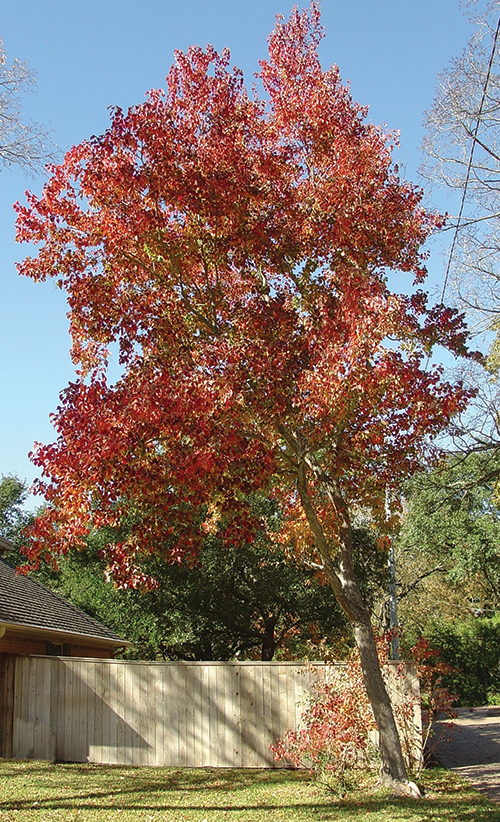What can I do now to manage my winter energy bills?
You’ll be thankful you prepared in the fall for colder weather when you receive your first winter bill. Just as you pull out your winter gear before you need it, prepping your home for the coming season is a great idea.
The following steps can be taken now to use less energy at home before the winter chill sets in. They also help lower strain on the electric grid during extreme winter weather when energy use is at its peak in your community.
First, let’s consider your home’s layers. Just like layering up those winter flannels, fleeces and down jackets with waterproof, wind-stopping shells, gloves and hats, your home needs layers, too. Air sealing and insulation protect your home from the elements while locking in the warm air to keep you cozy. The same applies to hot weather, making air sealing and insulation a year-round efficiency upgrade.
To offset the costs, federal tax credits for energy efficiency upgrades are available through Dec. 31, 2025. Homeowners can claim a total of 30% of the cost of installation, up to $3,200. Tax credits are available for insulation, heat pumps, air conditioning systems and more. There’s even a tax credit for electrical panel upgrades, which might be needed to accommodate new energy efficient equipment.

There’s also a $150 tax credit for an energy audit, which allows a pro to help determine what your home needs and how to prioritize potential projects. Visit energystar.gov for more information.
When it comes to do-it-yourself projects, there are a few upgrades you can take care of yourself. Lock in savings with window cleaning and maintenance. Make sure sash locks and window cranks are in good working order and cleaned of any dirt and leaves. Debris can keep them from closing snugly. I find the crevice tool attachment on my vacuum cleaner, combined with a small, dry scrub brush or an old toothbrush, works great. The locks should pull the top and bottom window sashes together tightly. For casement windows, the locks should pull the window tightly to the frame.
Although it might not seem like a significant difference, reducing airflow through and around windows can make your home more comfortable in the winter. Replacing broken or nonfunctional sash locks can be a reasonable DIY project, but it’s best to avoid doing it when the winter winds are blowing. Also, use caulk to seal all gaps around the window trim. If you have operable storm windows, make sure they close.
If you have a forced-air heating or air conditioning system, replace the filter. First, turn the system off to check it. If your filter is dirty, leave it in place until you have a replacement. Running your system without a filter can send any dust or dirt in the ductwork directly into the components and damage your equipment. Make a note of the filter’s size on your shopping list or take a picture of the filter with your phone so you can reference it when running errands.
Also, stocking up on filters can save you money. I bought a 12-pack of filters for $72—$6 each. A similar filter sold separately was $10. Don’t see a bulk pack at your local hardware store? Ask at the customer service desk. They may be able to order them for you.
This fall, look for opportunities to protect your home from the elements and maintain your equipment before the cold of winter.
Miranda Boutelle is the chief operating officer at Efficiency Services Group in Oregon, a cooperatively owned energy efficiency company. She has more than 20 years of experience helping people save energy at home, and she writes on energy efficiency topics for the National Rural Electric Cooperative Association, the national trade association representing nearly 900 electric co-ops.




